Tech Journey: Female CEO in SEA Part 1
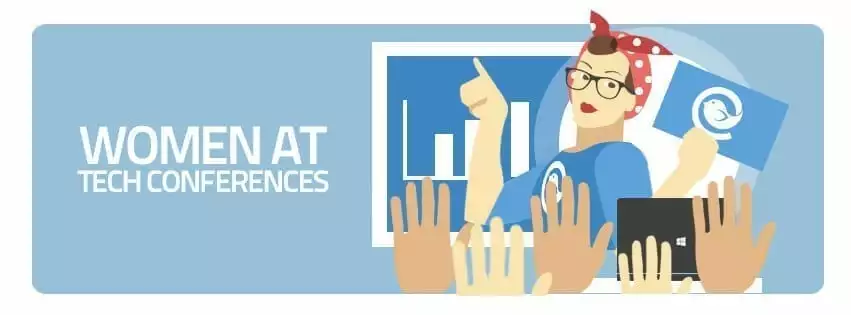
My name is Andrea Loubier.
Hi. My name is Andrea Loubier and in the coming weeks I'll be sharing my experiences of being a female CEO in a series of articles with hopes of engaging and encouraging more women to take a leap and start their own business in Southeast Asia.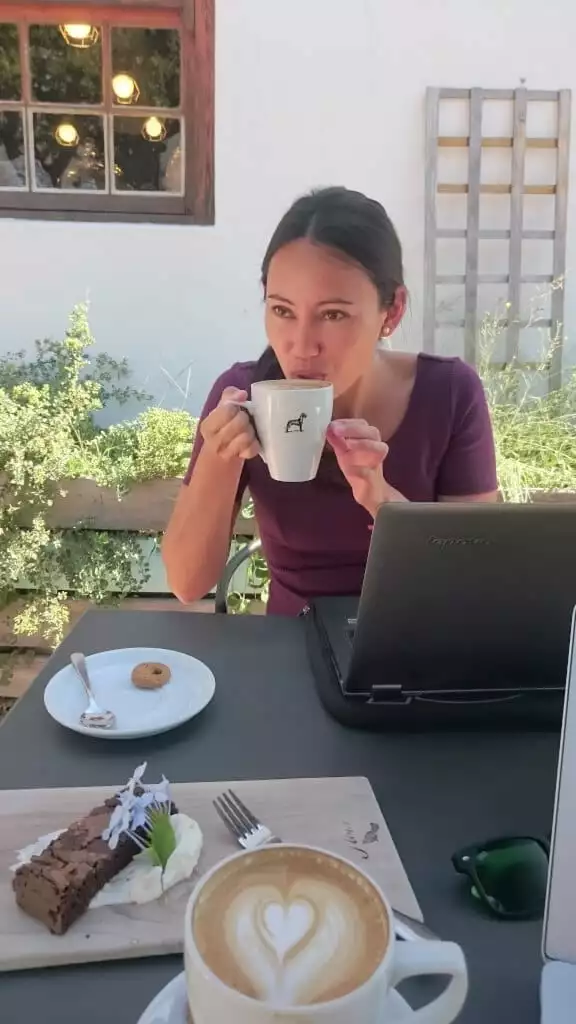
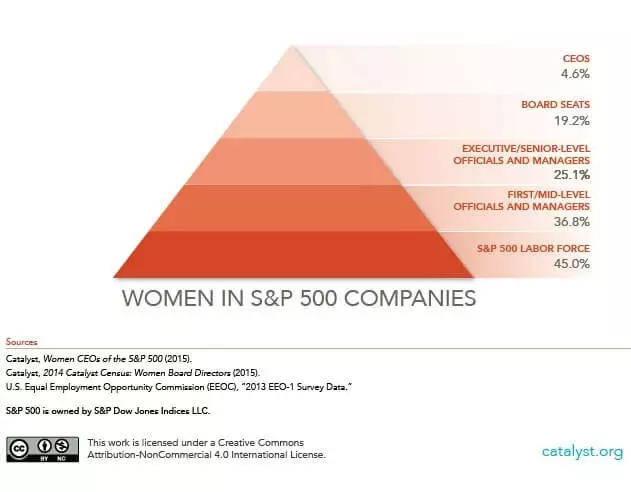
Women at Tech Conferences
When I attended my first tech conference as a newbie entrepreneur, I found myself swimming in a sea of gentlemen. The gender ratio was something like 90/10, the women being on the lower end. I had no problem with this but found it interesting as men seemed to dominate the tech industry. If anything, I wished the gender gap was something that would go unnoticed, but it's kind of in your face. Rather than feeling subsequent, it was quite the opposite. The few women I did see were typically scantily clad ladies dressed up to attract the majority of tech conference spectators. This made it feel like Asia was so far behind. Among many other things, cultural influence is probably the biggest factor on how women are positioned in society in many Asian countries.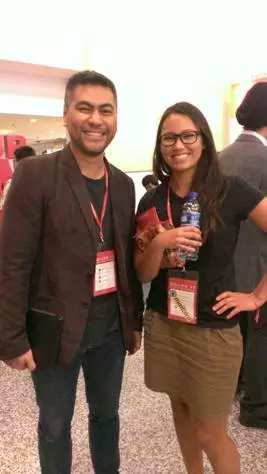
Startup Show by Channel News Asia
This noticeable trend was present even when I was a finalist for Startup TV show by Channel News Asia. Take a look at the finalists here and you'll find there were only 2 women out of 8 finalists. The deciding factor to choose finalists is primarily based on the projected growth and validity of the company, the business model and scalability and finally the team behind making it happen. This simply indicates that there simply aren't enough companies run by women, brilliant women who are hard working, smart, passionate and that deserve to be recognized. I really hope for the next season we see more women represented in the show - that would be awesome. Does this mean there is a lack of infrastructure, mentors, evangelists and motivators for potential female entrepreneurs? Definitely, but I hope by sharing my experiences through my entrepreneurial journey and with more awareness being brought forward about this issue, that we will see a cultural shift in the gender gap within entrepreneurship. It's already starting.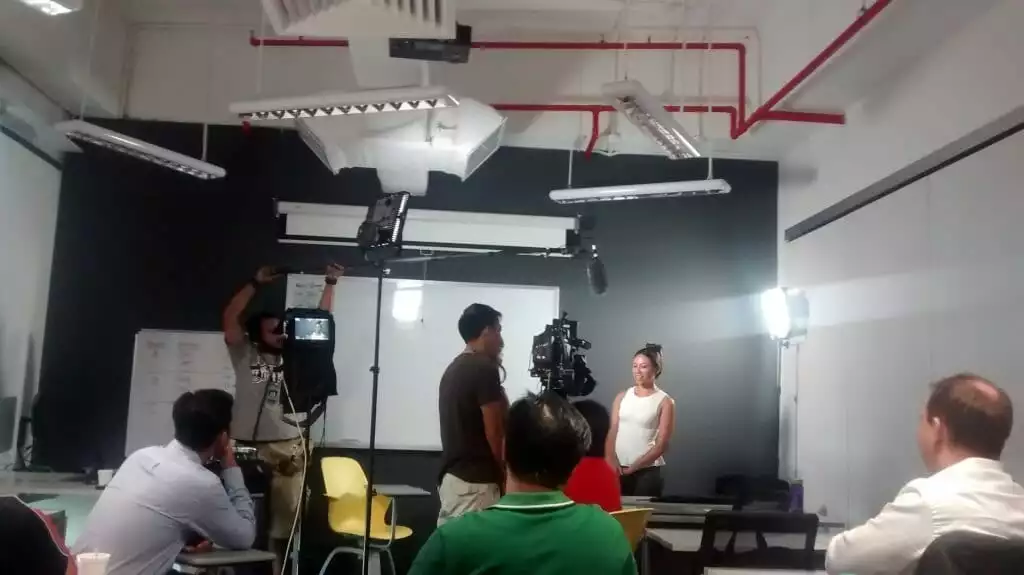
How to Make a Difference?
Internet Penetration Internet penetration in Southeast Asia is only 32% as compared to 34% in the rest of Asia and 52% in rest of the world. This poses the challenge to enable access to internet to more people, as well as encouraging more women to start a businesses from the comfort of their home (data source) or anywhere in the world. However, the Philippines and Indonesia are also the most rapidly growing internet markets in the world which signs to the a growing number of female entrepreneurs in Southeast Asia.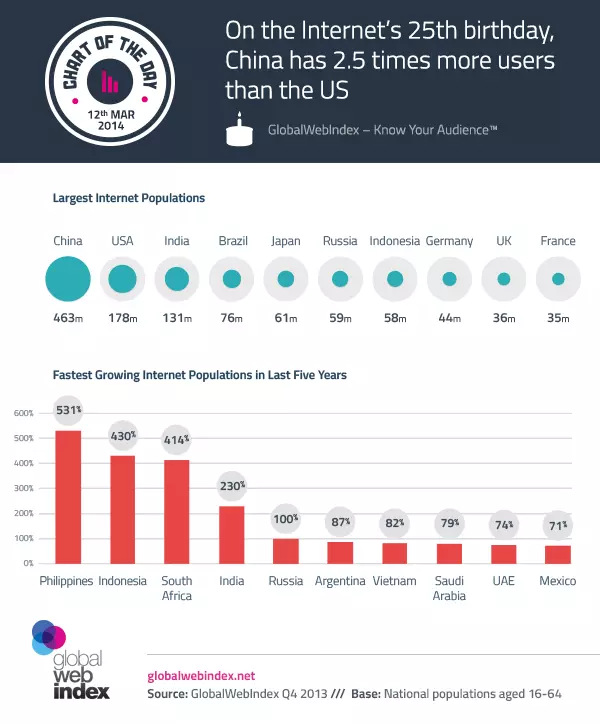
"Our research indicates that when women work for female CEOs, they are more motivated to strive to be corporate leaders themselves," said Gail Heimann, president of Weber Shandwick. "These results lead to the undeniable conclusion that if we really want gender equality at the top, we must promote more women into CEO positions and do it now."Sheryl Sandberg's Lean in movement, Women in Technology, Girls who code and many other movements are already in place to foster mentorship and training programs but a stronger presence of such programs are required in Southeast Asia to groom future leaders and female entrepreneurs. Being a part of the tech ecosystem, I'm always happy to help aspiring entrepreneurs with my knowledge and experience. I am always learning everyday and I don't carry the weight of my business lightly. It is something I am 110% dedicated to. I love it, I love what I am doing and I love my amazing team. I've learned much more through my entrepreneurial journey about what it really takes to run a business, about myself and about the meaning of drive. You learn about how to manage stress. Some days are amazing some days are not, but in the end it is all worth it. It is really a beautiful thing to build something from nothing and to make an impact on the world as your leadership impacts the growth of your business. I am always looking to connect and build a community of amazing women who also aspire to starting something and to be their own boss. So, I'd love to connect just add me on linkedin or email support@getmailbird.com.